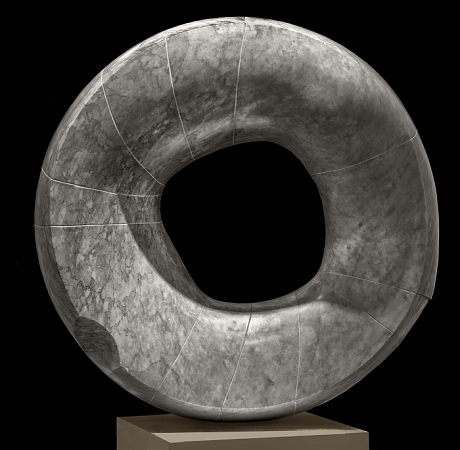Seriously though, I do worry this gives fuel to the sort of person who often uses the phrase "so-called experts", but even more troubling, if there was no record of this circle before the 1990s, what made the archaeologists think it was authentic? It's kind of hiding in plain sight.
I heard this story on the talking wireless yesterday and wondered a few things.
Yes, there are almost certainly some stone circles and part stone circles that have not yet been identified.
Many minor stone circles and henges are partly obscured by later soil deposition or erosion, or damaged by stones being taken for other purposes, or disrupted by tree roots, or hidden by bracken and heather. It may not always be obvious that a reclining stone is anything other than natural.
Also, there may be some motive for a landowner not to publicise a small stone circle on his land.
Of course, the radio didn't give a clear idea of the visual effect. They described this one as a "reclining stone circle" but now I've seen the photo, the stones look fairly prominent and erect.
It would of course be conceivable that a genuine ancient circle was covered with bracken and has been cleared since its discovery.
The pendulum has now swung the other way, from acceptance that it was genuine to accepting that it is modern. Journalists are reporting that the previous land owner has "
admitted" to making it in the 1990s.
A more objective report would say that he had
claimed or
alleged or
stated that he made it in the 1990s. It is at least conceivable that his claim is a hoax. I doubt it, having heard him speak on the radio, but it is conceivable.
Rather than simply accepting his word, I would hope that archaeologists would move at least one of the stones and look for clues in what lies beneath. They should be able to tell a lot from the condition of the ground beneath the stones. What plant matter is in the ground? Are there marks made by the JCB bucket? Are there marks on the stones which are evidence of modern era quarrying/blasting? Or are there 4,000 year old pollen grains?



